
Humanoid Robots at Iranian Tech Expo Turn Out to Be Humans in Disguise
A pair of “advanced humanoid robots” showcased at Iran’s Kish Inox Tech Expo were exposed as actual humans posing as robots.

A pair of “advanced humanoid robots” showcased at Iran’s Kish Inox Tech Expo were exposed as actual humans posing as robots.

A Chinese robot recently set a new Guinness Record for the longest distance walked continuously by a humanoid robot, 106.28 kilometers over three days.

A Missouri man who implanted a chip in his palm years ago to become a real-life cyborg has forgotten the password for it, rendering it virtually unusable.
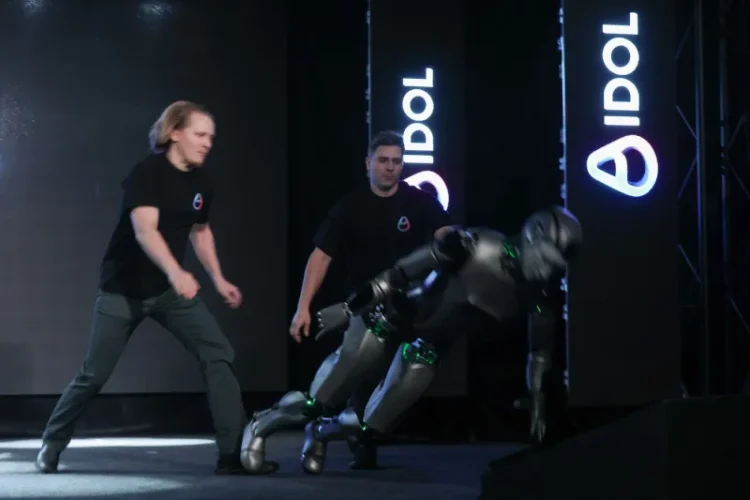
Russia’s first domestically developed, AI-powered humanoid robot had a very embarrassing unveiling after falling on its face just seconds into its presentation at a Moscow event.
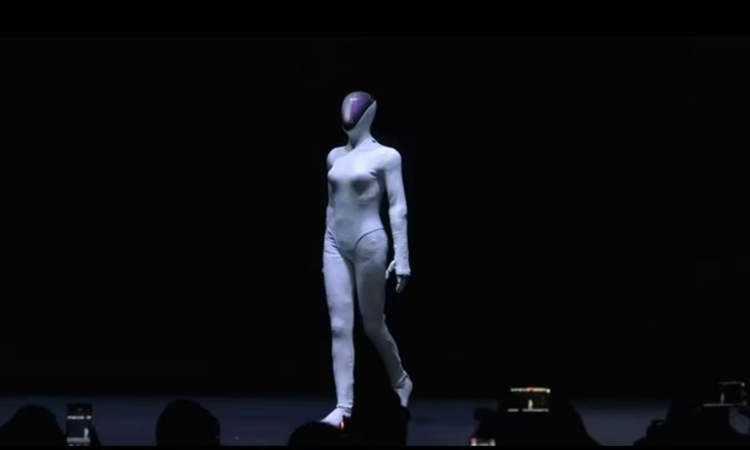
A Chinese robotics company cut open the limbs of its IRON robot on stage, during a presentation, to prove that there was no person inside executing its smooth, human-like movements.
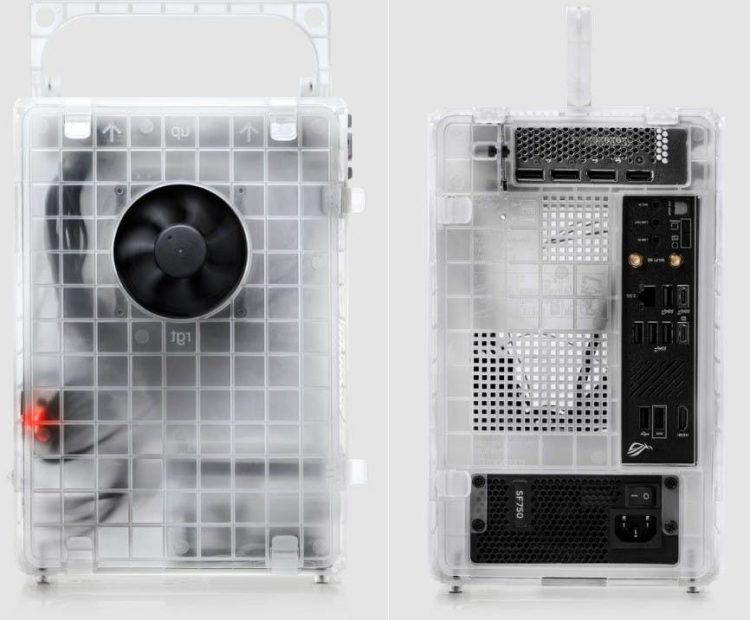
Swedish consumer electronics company Teenage Engineering recently launched the world’s cheapest PC case, which only costs the fee to have it delivered to the customer.

Reports about the world’s first-ever humanoid surrogate robot nearing completion at a robotics company in China have sparked controversy about the potential ethical implications of
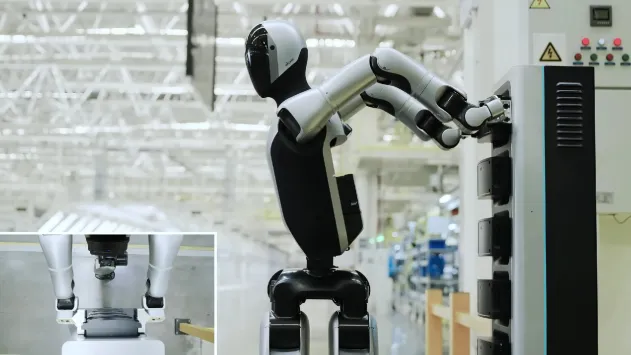
The Chinese-made Walker S2 humanoid robot is the world’s first industrial robot that can replace its own battery, allowing it to operate 24 hours a

In order to keep dust and noise pollution to a minimum, Chinese authorities in the city of Jinan have installed the world’s largest inflatable dome
Japanese tech company H2L has created a capsule-like device that allows anyone to remotely control a robotic avatar just like in James Cameron’s namesake blockbuster.
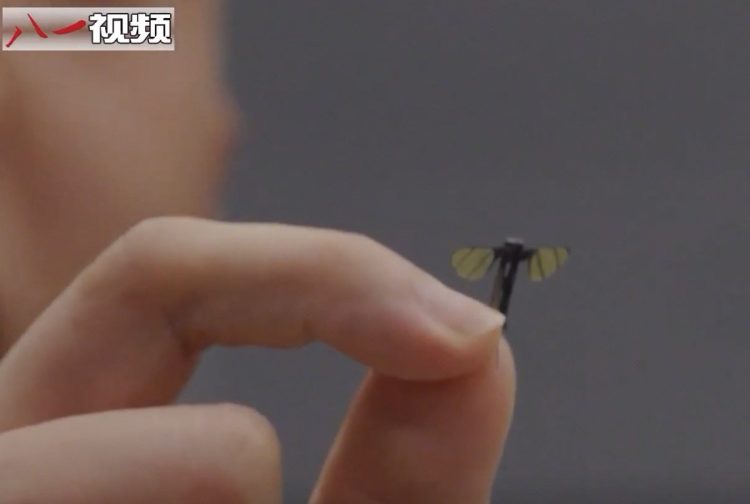
Scientists at a robotics laboratory at the National University of Defence Technology (NUDT) in central China’s Hunan province recently unveiled a tiny insect-like drone suitable
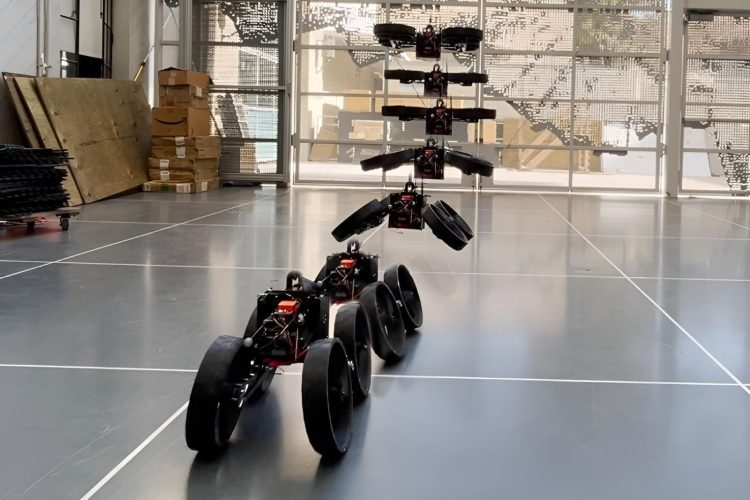
Engineers at the California Institute of Technology (Caltech) have developed a transformer-like drone that can easily switch from aerial to ground driving mode in midair.
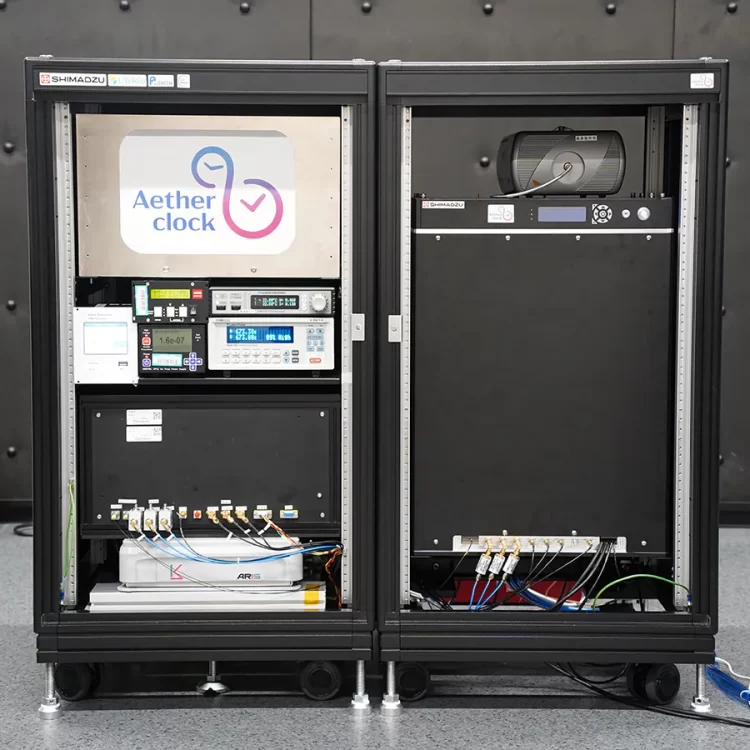
Created by Japanese manufacturer Shimadzu Corp, the Aether Clock OC 020 is a strontium optical lattice clock advertised as the most accurate clock in the
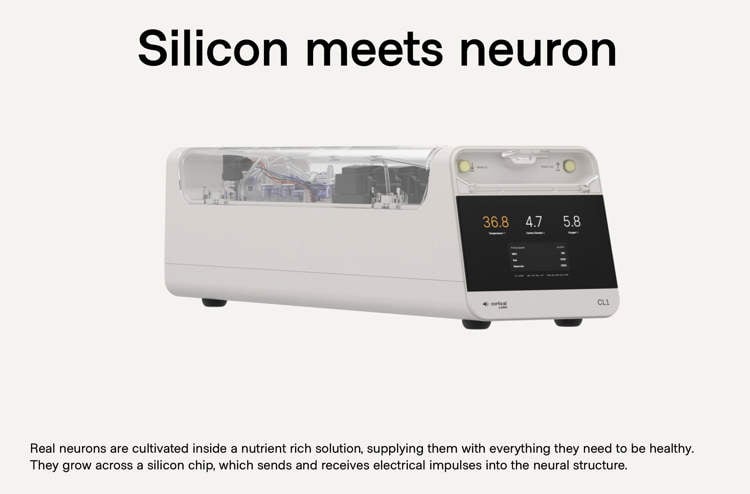
The CL1 is an innovative biological computer that combines living cultured human brain cells with silicon hardware in an advanced computer case that also acts

Norwegian robotics company 1X recently announced the NEO Gamma, an AI-powered bipedal humanoid robot that can perform multiple household chores, such as carrying laundry, cleaning